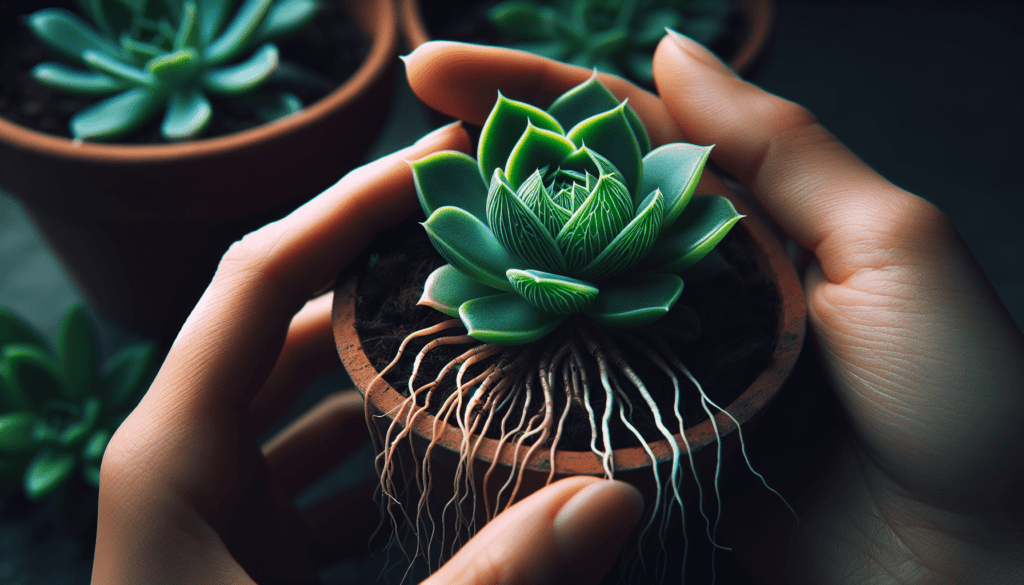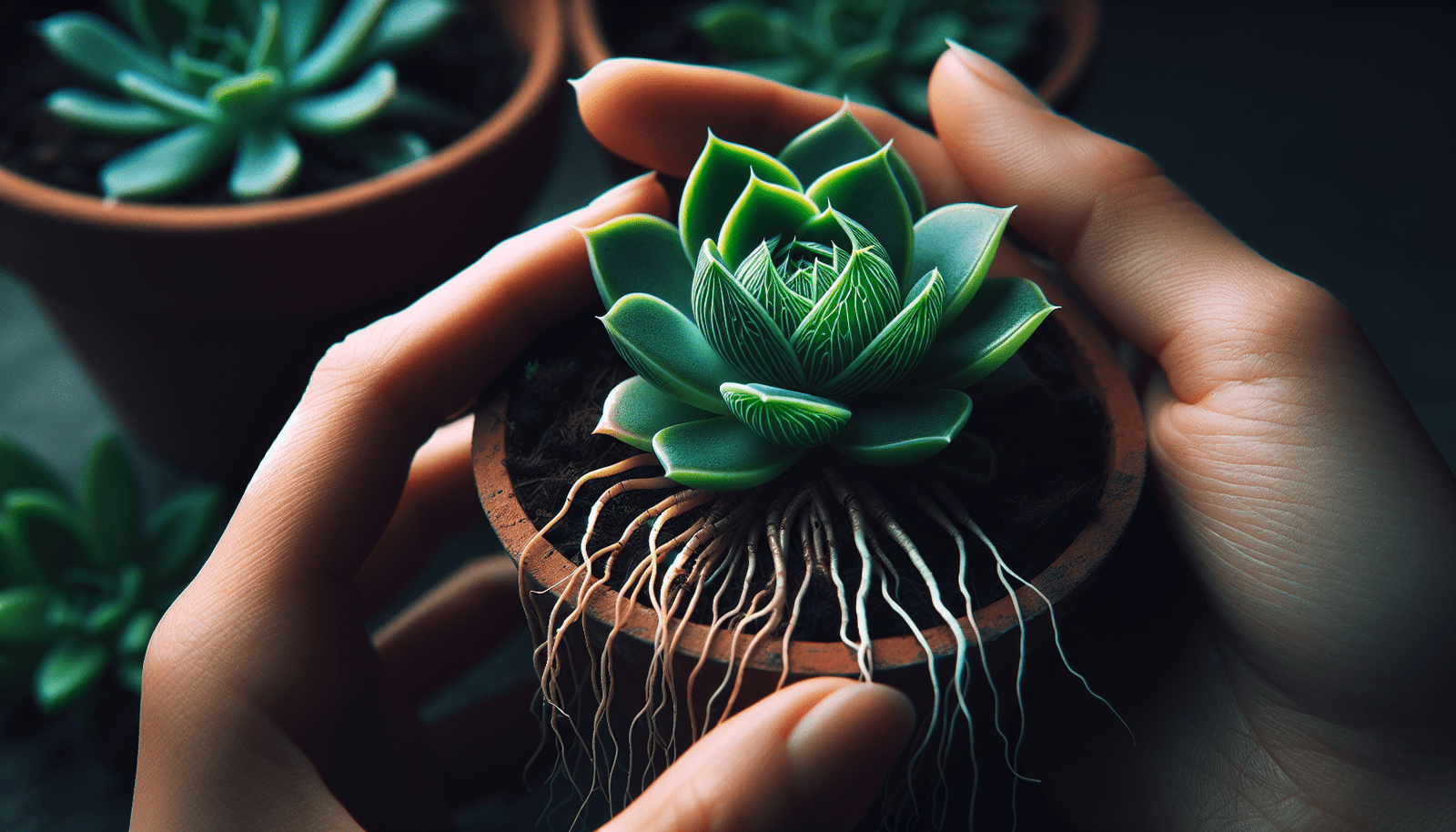Are you ready to expand your plant collection by learning how to propagate your favorite green friends? In this article, you will discover the best techniques for propagating your plants successfully. From stem cuttings to leaf propagation, you will learn all the tips and tricks to help your plants thrive and multiply. Get ready to watch your plant collection grow with these expert techniques! Have you ever wanted to expand your indoor or outdoor plant collection without breaking the bank? Propagating your plants is a cost-effective and rewarding way to grow your garden. In this article, we will explore the best techniques for propagating your plants, whether you’re a seasoned gardener or a beginner looking to green up your space.
Understanding Plant Propagation
Plant propagation is the process of creating new plants from existing ones. There are several methods to propagate plants, including seed propagation, cutting propagation, division, and layering. Each method has its own benefits and best practices, depending on the type of plant you are propagating.
Let’s dive into the different propagation techniques and explore how you can successfully propagate your plants at home.
Seed Propagation
Seed propagation is one of the most common and straightforward methods of growing new plants. This technique involves collecting seeds from mature plants and sowing them in soil to germinate. Different plants have different seed propagation requirements, so it’s essential to research the specific needs of the plant you want to propagate.
Seeds require the right conditions to germinate successfully, including proper soil, light, moisture, and temperature. Some seeds need to be scarified or stratified before planting to break dormancy and encourage germination. Keep in mind that seed propagation can take longer than other methods, but it is a cost-effective way to grow a large number of plants.
Cutting Propagation
Cutting propagation is a popular method for propagating plants that have woody stems or are difficult to grow from seed. This technique involves taking a cutting from a mature plant and encouraging it to root and grow into a new plant.
To propagate plants from cuttings, follow these steps:
- Choose a healthy, mature plant to take a cutting from.
- Use sharp, clean scissors or pruning shears to take a 4-6 inch cutting from the plant’s stem.
- Remove any leaves from the bottom half of the cutting.
- Dip the cut end of the stem in rooting hormone to encourage root growth.
- Plant the cutting in a well-draining soil mix or water, depending on the plant species.
Cutting propagation is a reliable and efficient way to propagate plants, especially if you want to create identical copies of your favorite plant.
Division
Division is a propagation method commonly used for plants that grow in clumps or have multiple stems. This technique involves dividing the plant into smaller sections and replanting them to create new plants. Division is a quick and easy way to propagate plants that are overcrowded or need rejuvenation.
To divide a plant, follow these steps:
- Carefully remove the plant from its pot or garden bed.
- Gently separate the plant into smaller sections, ensuring each section has roots and stems.
- Plant each divided section in a new pot or garden bed with fresh soil.
- Keep the newly divided plants well-watered and provide them with the appropriate care.
Division is a great way to propagate plants quickly and effectively, especially for herbaceous perennials and grasses.
Layering
Layering is a propagation method used for plants with flexible stems that can be bent and buried in soil to encourage root growth. Layering is a slower but reliable way to propagate plants, as the new plant develops roots while still attached to the parent plant.
There are several types of layering techniques, including simple layering, tip layering, air layering, and mound layering. Each technique involves bending a stem, making a cut or removing a section of bark, and covering the stem with soil or a rooting medium to stimulate root growth.
Layering is a great way to propagate plants that are difficult to root from cuttings or require a more natural propagation method.

Tips for Successful Plant Propagation
Now that you understand the different propagation techniques let’s explore some tips for successful plant propagation:
- Choose healthy plants: Select mature, healthy plants with strong roots and minimal damage for propagation.
- Use the right tools: Use clean, sharp scissors, pruning shears, and gardening gloves to propagate plants safely and efficiently.
- Provide the right conditions: Ensure your plants have adequate light, water, and warmth to encourage healthy growth.
- Monitor the progress: Regularly check on your propagated plants to ensure they are developing roots and growing as expected.
- Be patient: Plant propagation takes time, so be patient and give your plants the time they need to grow and thrive.
By following these tips and techniques, you can successfully propagate your plants and enjoy a thriving garden filled with lush, greenery.
In Conclusion
Propagation is a rewarding and cost-effective way to expand your plant collection and create a lush, vibrant garden. Whether you choose seed propagation, cutting propagation, division, or layering, there are plenty of techniques to try for propagating your plants at home.
Experiment with different propagation methods, research the specific needs of your plants, and enjoy the process of watching new plants grow and thrive. Happy propagating!


